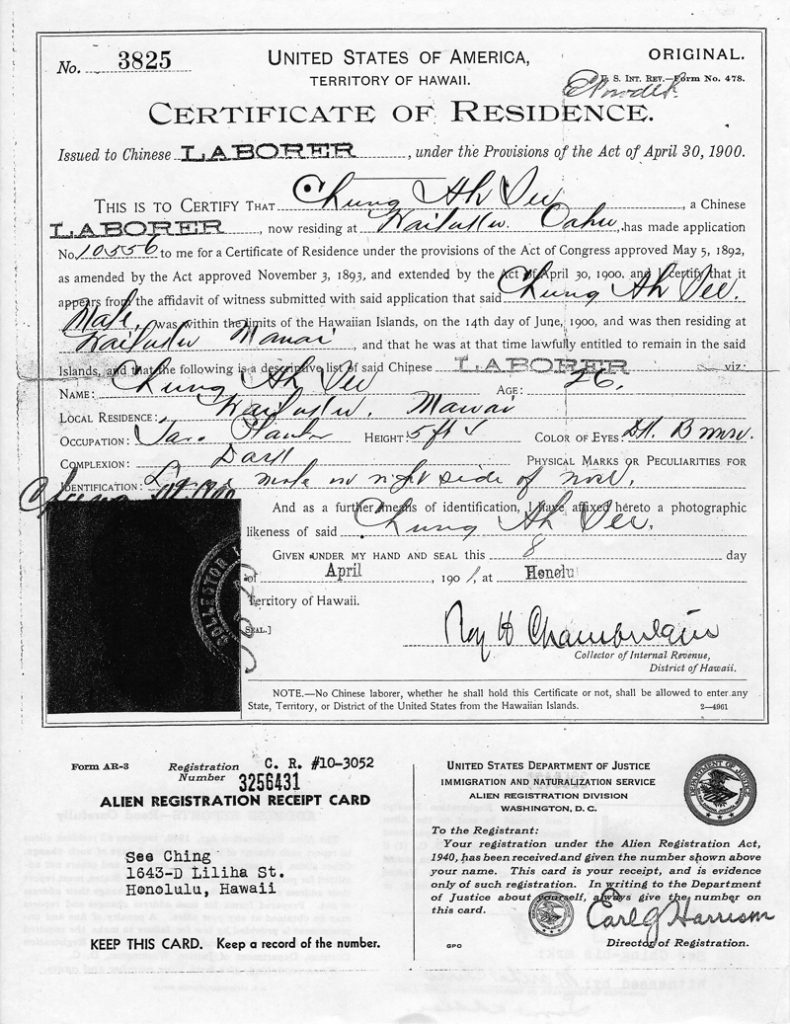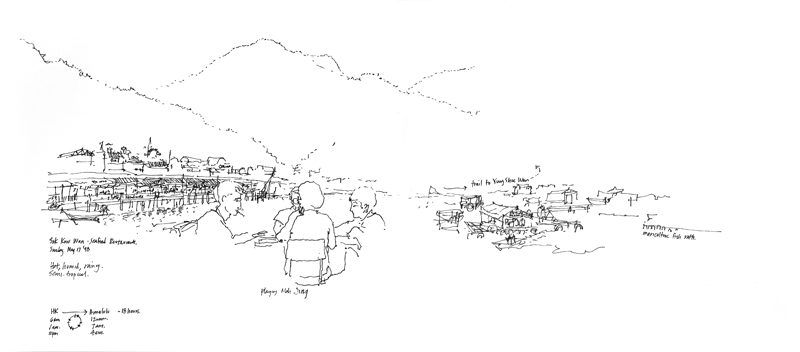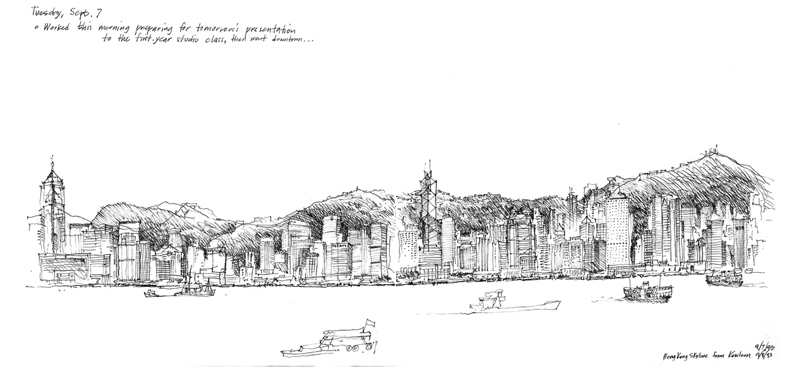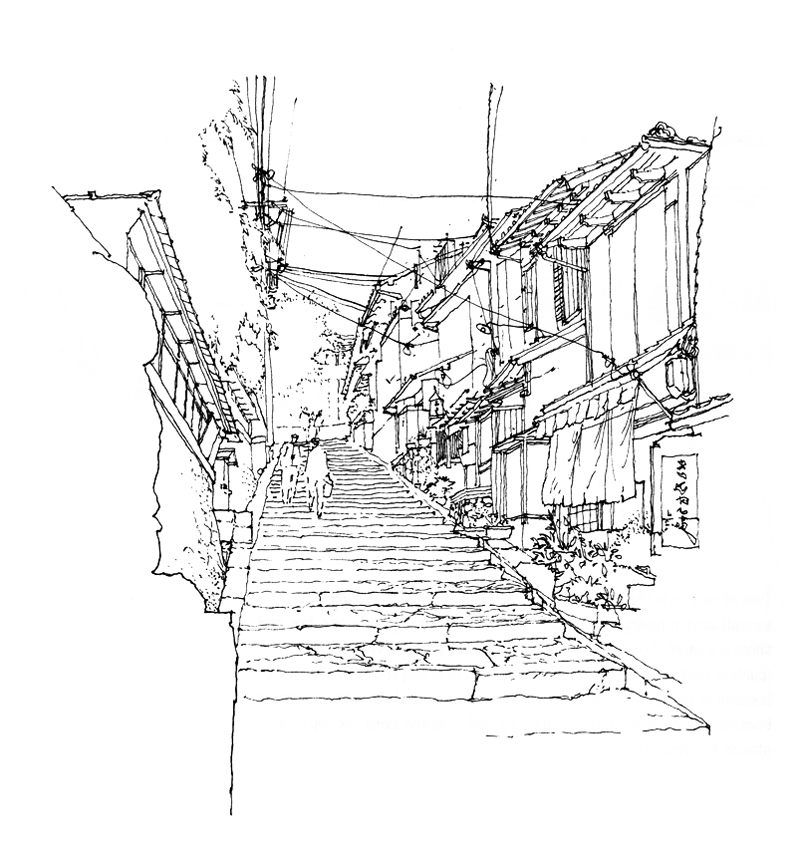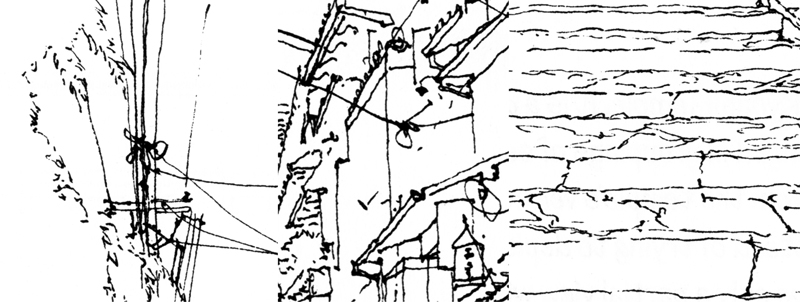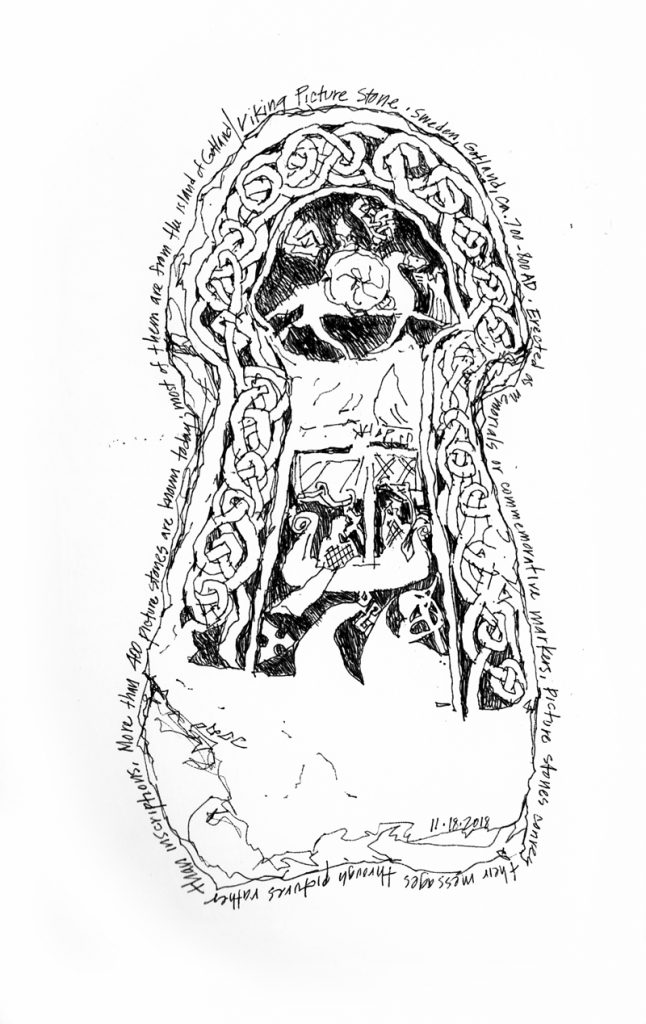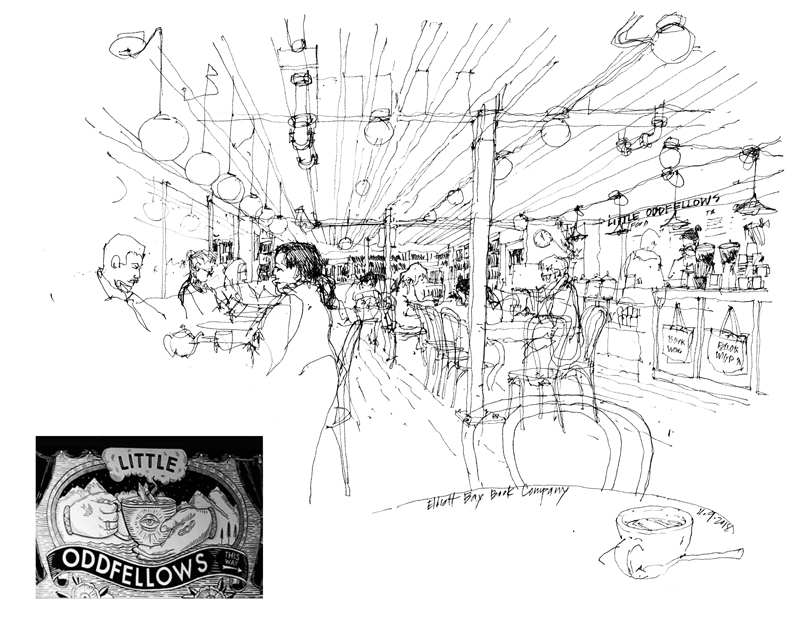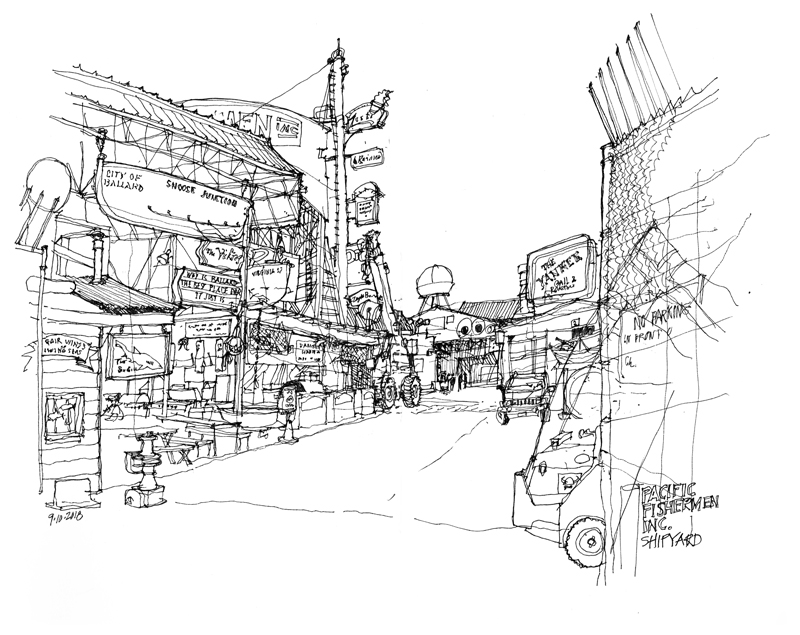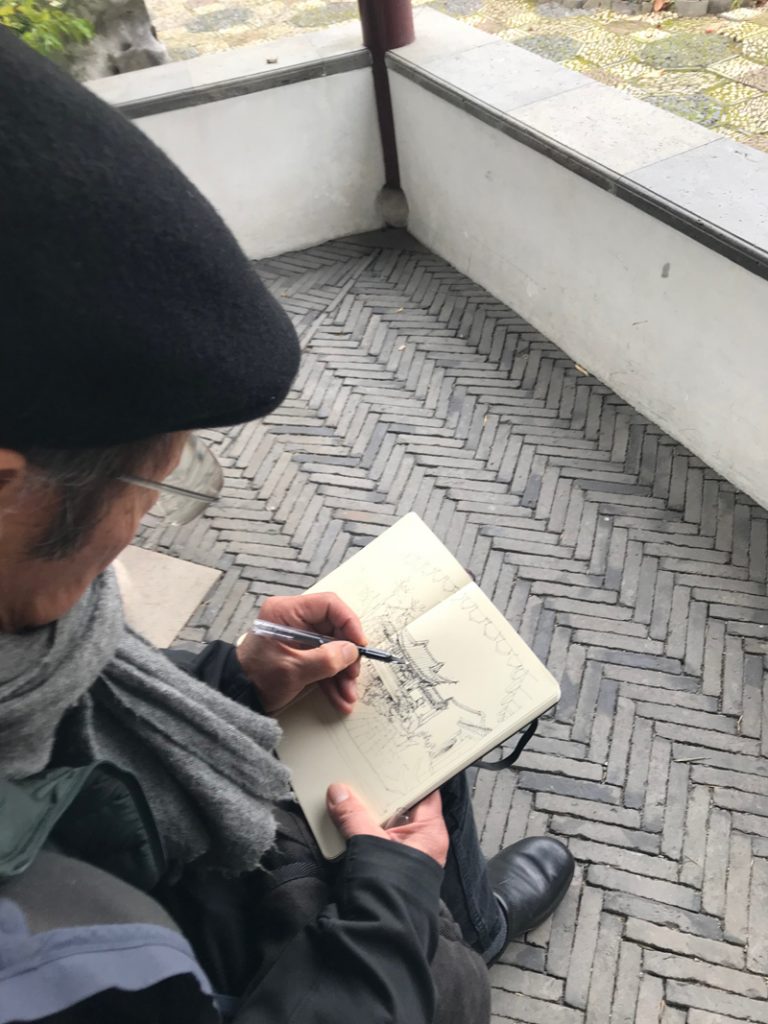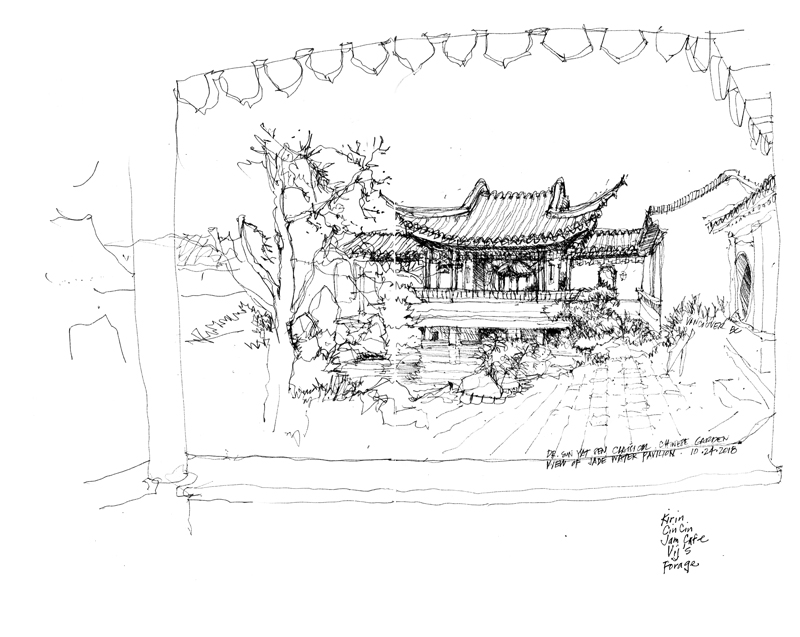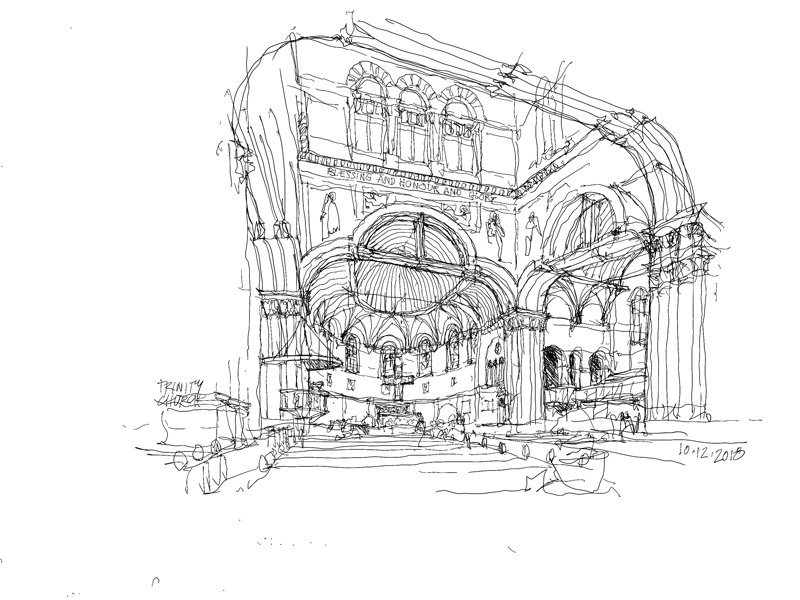Peace and Good Will to One and All…
Magnuson Act of 1943
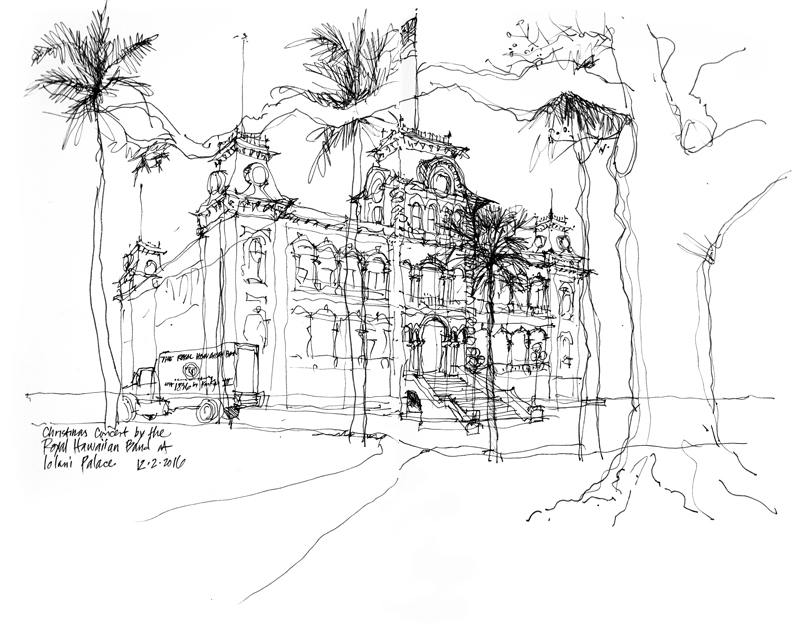 On this date 75 years ago, President Franklin D. Roosevelt signed the Magnuson Act into law. Proposed by then Washington State Representative Warren G. Magnuson, the act basically repealed the Chinese Exclusion Act of 1882, permitted limited Chinese immigration, and allowed some Chinese immigrants already residing in the U.S. to become naturalized citizens. But the act still banned ethnic Chinese from owning property and businesses.
On this date 75 years ago, President Franklin D. Roosevelt signed the Magnuson Act into law. Proposed by then Washington State Representative Warren G. Magnuson, the act basically repealed the Chinese Exclusion Act of 1882, permitted limited Chinese immigration, and allowed some Chinese immigrants already residing in the U.S. to become naturalized citizens. But the act still banned ethnic Chinese from owning property and businesses.
This reminds me of my own grandparents on my father’s side, who immigrated to Hawaii as laborers. Above is a copy of my grandfather’s Certificate of Residence, signed in April 1901. There are a few things to note: First is the misspelling of my grandfather’s surname. Second is that this document was required by the provisions of the Act of April 30, 1900. This was the so-called Organic Act, which provided a government for the Territory of Hawaii, after the overthrow of the Hawaiian monarchy by mostly U.S. business interests in 1893.
And third, notice that the registration card at the bottom was required by the Alien Registration Act of 1940. While the primary intent of this act was to make it illegal for any resident or citizen in the United States to teach or advocate the overthrow of the government, it also forced non-citizens, such as my grandparents, to register so that the government would be better able to track them and their possibly un-American ideas or activities.
We can sometimes forget how complicated our cultural and political history has been.
Sok Kwu Wan
A drawing done 20 years ago, after arriving on a ferry from Hong Kong Island to Yung Shue Wan on Lamma Island, and then walking for an hour-and-a-half to Sok Kwu Wan. In contrast to this rather sparse sketch is another drawing I did five years earlier of this skyline as seen from Kowloon, which uses a lot more ink to convey the dense, urban fabric of Hong Kong Central.
“Art does not reproduce the visible; it renders visible.” Paul Klee
Occasionally, I will be reposting items from my Facebook page, which I had used to illustrate my drawing activities from January 2010 to February 2012. This one is from June 2010.
The above quote brings to mind the distinction between the vast richness of our visual perception as we survey a scene and our limited ability to capture that richness in a drawing. So in sketching, rather than attempt to reproduce every detail exactly the way we see it, we should simply try to make what we perceive visible to others. We do this by remembering that all drawing is abstraction, editing what we choose to include in our drawing, and relying upon suggestion rather than replication.
For example, here are a few enlargements of a sketch I did of the Sannenzaka slope in Kyoto. The lines and shapes are barely recognizable as being representative of anything. But in the context of the whole drawing, it is convincing enough to suggest to the mind’s eye a scene that we recognize. The whole is truly greater than the sum of the parts.
Viking Picture Stone
From the collection of the Nordic Museum in the Ballard neighborhood of Seattle is this Viking picture stone. The stone’s description reads: “Erected as memorials or commemorative markers, picture stones convey their messages through pictures rather than inscriptions. More than 400 picture stones are known today; most of them are from the island of Gotland in the Baltic Sea.”
I began the drawing by roughing in the stone’s outline and describing the hewn quality along its edges. Then I worked on the features typical of picture stones—a woman offering a drink to a Viking riding a horse, a ship with checkered sails, and symbols of interlocking triangles called valknuts—followed by the surrounding plaited pattern.
Elliott Bay Bookstore
Now that the weather in Seattle has turned wetter and cooler, it is time again to find comfortable indoor places to draw. One such place is the Elliott Bay Bookstore, where a group of Seattle Urban Sketchers met 10 days ago. Founded by Walter Carr in 1973, Elliott Bay spent over three decades in the Globe Building in the Pioneer Square neighborhood, before moving in 2010 to its current location on Capitol Hill. Within the bookstore is Little Oddfellows, a sister cafe to its older sibling next door. From here, I drew the above view.
Pacific Fishermen, Inc.
This is the entrance to the Pacific Fishermen Shipyard, notable for the profusion of signs and memorabilia from local establishments that have disappeared or been displaced by development. Located on Salmon Bay, on the freshwater side of the Hiram M. Chittenden Locks, the shipyard was established in 1946 by 400 Norwegian American fishermen and their wives, who each contributed to a fund to purchase the Old Ballard Marine Railway and ensure that they would have a place to repair their own fishing vessels. The site soon became a full-service shipyard equipped with haul-out facilities, marine railways, and a workforce of machinists, shipwrights, boilermakers, and electricians to service and maintain tugboats, cruise ships, large yachts, as well as traditional fishing vessels.
West Queen Anne School
Queen Anne School opened in 1896 in a three-story, six-room, Richardsonian Romanesque-style building designed by Warren Skillings and James Corner. Over the years, several additions were made to incorporate more classrooms, an auditorium, and new offices. In 1908, it was renamed the West Queen Anne School to avoid confusion with Queen Anne High School then being constructed. This name can still be seen over the north, Galer Street entrance.
In 1975, it became the first Seattle school to be placed on the National Register of Historic Places and two years later, it became a City of Seattle Landmark. After the school closed in 1981, Historic Seattle obtained a long-term lease, which was subsequently transferred to West Queen Anne Association, who hired the architectural firm of Cardwell/Thomas and Associates to renovate and convert the school into 49 condominium units.
Jade Water Pavilion
Visiting Vancouver BC for a few days gave me the opportunity to visit the Dr. Sun Yat Sen Classical Chinese Garden. Designed by Wang Zu-Xin with the help of the Landscape Architecture Company of Suzhou China, and constructed in 1985, it is said to be the first Scholar’s Garden built outside of China.
This is a sketch of the Jade Water Pavilion. The term jade water refers to the deliberate cloudiness of the pond water, which is supposed to intensify its reflections.


